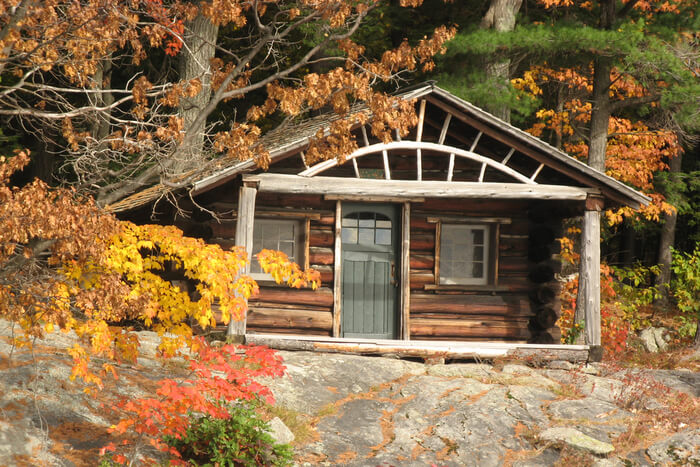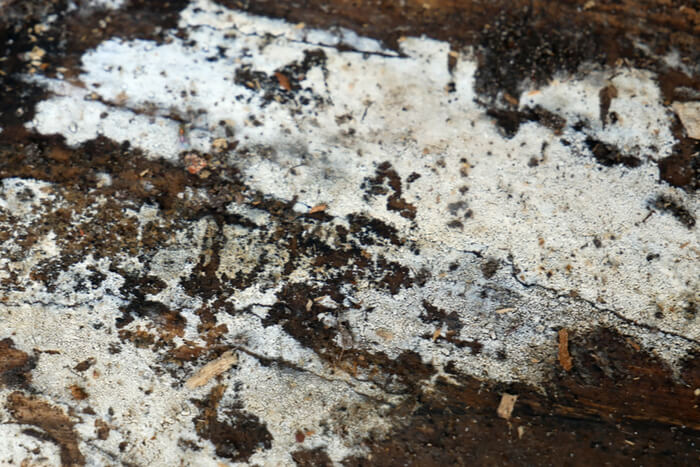Nobody can deny that some of the most amazing homes in the UK from the last century up until today are the ones made of logs to create a cabin or family home. The excitement and joy of living in a log cabin is unmatched. Wooden log cabins give one an opportunity to step back in time to a slower pace of life, along with giving that rustic feel. In addition, you can easily customise them according to your lifestyle and give it them a cosy and comfortable look and feel. Moreover, with log cabin restoration you can keep your log home in tip-top condition.

Log cabin restoration is an essential part of the overall log home experience. Enjoying the beauty of a rustic setting is very pleasing, but neglecting or delaying regular maintenance could turn rustic into a wreck. Generally, homeowners are either not familiar with what is needed to keep a log home in its best shape or they are too busy to notice the black spots and patches showing through the stain. If you also lack knowledge about what exactly residential log cabin restoration is or what needs to be done to keep your log cabin looking like new because you've just bought one and now nothing, then lets us help you get a better understanding.
Log cabin restoration can be defined as repairing or improving the interior and exterior logs and other woodwork of a cabin. Basically, it encompasses cleaning or stripping, chinking and caulking, repairing damaged wood and reapplying stain. Some of the issues that need restoration could be avoided easily if the potential log home owner knew what the probable problems were and knew how to deal with them. This can be as simple as cleaning the home and applying a fresh coat of stain or can be as difficult and time-consuming as performing major rot repair and log replacement.
Periodic inspections should be performed on a regular basis, and immediate action should be taken when a problem is found. Whether air dried or kiln, logs expand and contract with temperature and humidity change. Twisting and warping can occur causing gaps in joints, sealants to fail and caulking to become loose as well as problems with stain adhesion. If not addressed, insects, moisture and air can easily enter the home affecting not only the cosy living atmosphere but also the life of the log cabin. Water penetration can cause mildew and mould issues, unpleasant staining of the logs and mainly wood rot. Simply by splitting the log home restoration into three easy to understand steps, you can easily ensure the complete beauty and safety of your residential log house.
* Cleaning
* Inspection
* Finish
Cleaning: In areas with warm temperatures and high humidity, algae are a very common problem. The growth of algae can be identified by brownish black stains. The growth of mould and mildew are also very common. Moulds are part of the group known as fungi, which may be small like mould or as large as mushrooms. Fungi break down organic substances like leaves, plants, wood fibre etc. and grow and reproduce through spores. The key ingredient that allows mildew to grow on wood is moisture. If any of these issues occur, you will notice a discoloration of the surface of the wood. Stain fungi differs and they permeate deep into the wood and gradually darken resulting in a blue stain on the wood. If and when the wood is subjected to prolonged dampness and decay, fungi can grow. These fungi, as opposed to moulds, affect the reliability as well as durability of the wood. Mould and mildew could be easily cleaned off using a brush and a water/bleach/trisodium phosphate mixture; hose off and dry well. Mixing the solution at the correct ratio is essential; it should be applied evenly on the surface of the log cabin. You can use a backpack sprayer to do the job effectively. You can also use a pressure washer to do the job of cleaning. In the case of severe damage and rotting, you should consider cutting out the rotten/damaged area or replace the entire log. You can prevent moulding and rotting by ensuring that water doesn’t splash onto the logs.

Inspection: After rinsing and cleaning, you need to inspect the logs carefully. You should check for any cracks or gaps, especially large ones. As the logs dry, they start to shrink and split causing “checks” or cracks. This is where the problems start. Once the checks have opened up, water can make its way in and gradually mould and mildew will start to grow and eventually the wood will rot. Also wet and rotting wood is food for insects. If there are any cracks or gaps in your log house, these can be restored using caulk. Fill the large cracks with foam strips termed as backer rod before applying the caulk. This helps strengthen the caulk’s adhesion.
Finish: To finish your log cabin restoration, strip the old finish from the logs by blasting it clean, either using media blasting or with CO2 blasting and chemical strippers. Media blasting is similar to sand blasting in that it uses compressed air to force a particular media through a hose onto a surface with enough force to remove its coating or other material from the surface being cleaned. Different media react differently depending on the surface being cleaned and the coating being removed. Environmentally friendly walnut media is recommended over chemicals. Smooth the surface using sandpaper or orbit sanders; re-stain and finally your log home restoration is complete in three simple steps.
The importance of effective and meticulous log cabin inspection and restoration can’t be stressed enough. Regular maintenance will protect your log cabin and actually save you money by avoiding expensive restoration costs. So, go ahead and try these simple log cabin restoration techniques and ensure the beauty and durability of your house.












